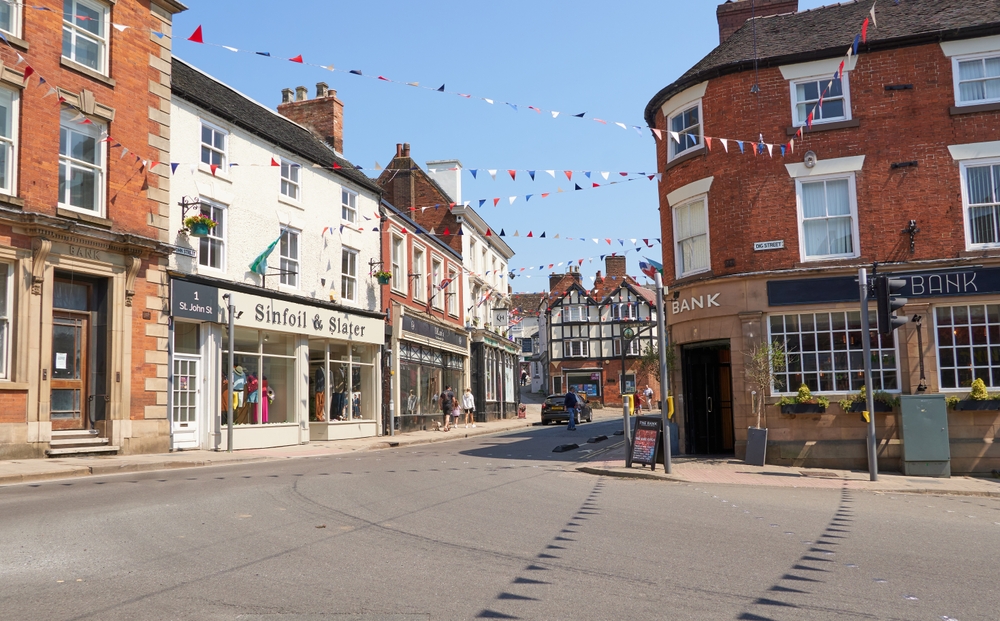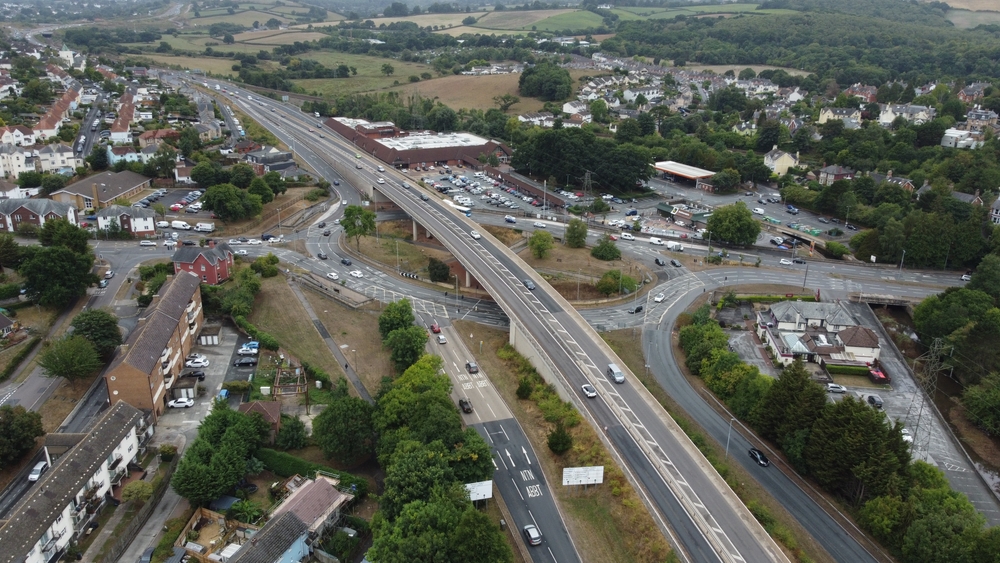Location Overview – Ashbourne is a historic market town located in Derbyshire, on the southern edge of the Peak District. Known for its charming Georgian architecture and cobbled streets, it has a rich heritage dating back to medieval times. The town hosts the famous Royal Shrovetide Football match each year, a centuries-old tradition that attracts many visitors. Ashbourne is surrounded by beautiful countryside, making it a popular destination for walkers and cyclists. It also offers a variety of independent shops, cafes, and pubs that contribute to its welcoming and vibrant atmosphere.

Our Driving Course Types:
We cater for both business and private clients across the UK. Our courses include:
Company Vehicle Training – Tailored courses for car and van drivers in business fleet
UK Driving Familiarisation – Designed for drivers who are new to UK roads and driving culture
Young Driver Development – Confidence-building sessions for younger or newly qualified drivers
Motorway Confidence Coaching – Helping drivers feel safer and more in control on motorways
Motorhome Handling Courses – Focused training to build confidence driving larger leisure vehicles
Pre-Court Driving Courses – Supportive training for those facing speeding or other driving-related convictions
Driving Confidence Courses – For nervous drivers or those returning to driving after a break
Advanced & Defensive Driving – Bespoke training tailored to enhance skill, awareness, and safety
High-Performance Vehicle Training – Specialist coaching for handling powerful or performance vehicles
We provide nationwide coverage across the UK and deliver on-road training directly at your preferred location using your own vehicle. The training is customised to suit your specific needs, whether you are a business or private client.
What Our Courses Cover:
Our advanced and defensive driver training is tailored to cover a broad range of key areas, depending on the specific course selected and the individual skills and experience of each driver. Some of the core topics we typically address include:
* Enhancing anticipation and forward-planning skills
* Developing greater speed awareness and control
* Improving driver mindset and attitude behind the wheel
* Mastering safer driving techniques across motorways, rural roads, and urban environments
* Deepening knowledge of road rules and driving regulations
* Understanding the causes of road rage and how to manage emotional responses
* Practising essential manoeuvres with confidence and precision
* Building skills for driving safely in adverse weather conditions
* Recognising different types of skids and how to respond effectively
* Adopting more fuel-efficient and eco-friendly driving habits
* Learning to better anticipate the behaviour of other road users
These points offer a general overview; some may be more relevant to certain drivers, while others might not. This emphasises the customised nature of our training.
Duration Overview – What’s Best For You?
Our UK-wide courses are available for both van and car drivers. Below is an overview of the different duration options:
3.5hrs – This is the shortest course option in our range. It can be ideal for companies training two or more drivers. So a full day is split into 2 x 3.5hr. It’s also useful for those who feel they only need a half-day session to address their needs.
2 x 3.5hrs – This option is beneficial for those who can’t commit to a full day and prefer to extend the training over two sessions for a better learning experience. Often, drivers are given tasks to do between sessions to practice what was covered, which helps the overall learning experience. This course is popular with private clients.
7hrs (Full Day) – A full-day course is more cost-effective than two separate 3.5-hour sessions and is ideal for those with little time. This is a great option if your company has requested the training or if you simply feel a full day works better for you. We also offer the option to split a full day into AM and PM sessions for business clients.
Longer Courses (– For individuals with specific driving challenges or those who haven’t driven in a while, we offer longer courses that can be spread over several weeks. These options are ideal for those needing more in-depth training to address deep-rooted issues, especially those who suffer some form of trauma after a road collision. These courses are in 3,4, and 5 x 3.5hr sessions.
Contact us today for more information about are bespoke courses. Either use the contact form on this page or call us.

Our driver training covers a wide range of roads, some of which include:
A515 – This major north–south route runs from Lichfield in Staffordshire to Buxton in Derbyshire, passing directly through Ashbourne.
A52 – This road passes through Ashbourne, linking it to towns like Leek and Macclesfield.
A5012 – Known as the Via Gellia, this road connects the A6 at Cromford to the A515 near Ashbourne, passing through the Griffe Grange Valley.
A523 – Running from the A52 northwest of Ashbourne to the A6 at Hazel Grove, this road passes through Leek and Macclesfield.
Clifton Road – A local route that connects various parts of Ashbourne and is home to St Oswald’s Hospital.
Road Safety – Risks and Hazards in Ashbourne
Here are some of the most dangerous roads in and around Ashbourne, Derbyshire, based on reported accidents and road conditions:
A515 – This is considered one of the most dangerous roads in the area. It has seen numerous serious and fatal accidents, particularly between Ashbourne and Cubley. It’s a busy route with high-speed traffic and limited overtaking opportunities.
A5012 (Via Gellia) – This road is narrow and winding, often shaded and damp, which can make it slippery, especially in poor weather. It has a history of accidents due to its challenging driving conditions.
A52 – While not as hazardous as the A515, sections of the A52 near Ashbourne can be dangerous due to high traffic volumes and sharp bends, particularly around junctions and rural stretches.
Derby Road (part of the A52/A515 junction) – This busy junction in Ashbourne can be confusing and congested, contributing to a higher risk of collisions.
These roads require extra caution due to a combination of traffic, road layout, and rural conditions.
